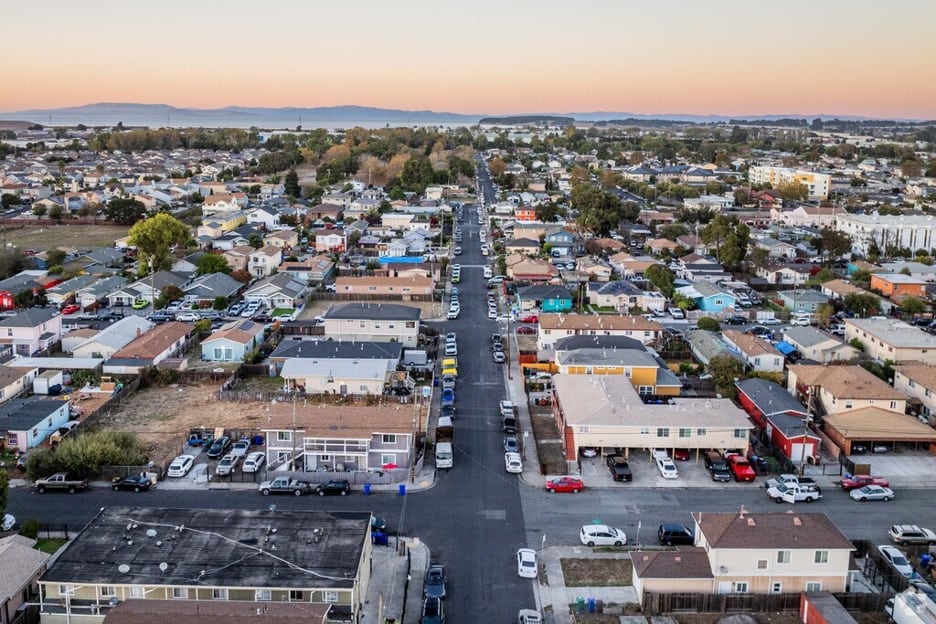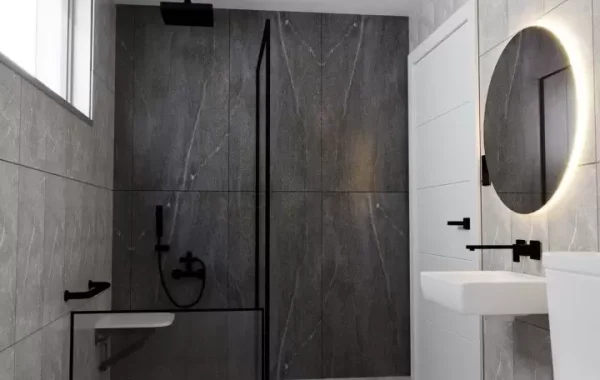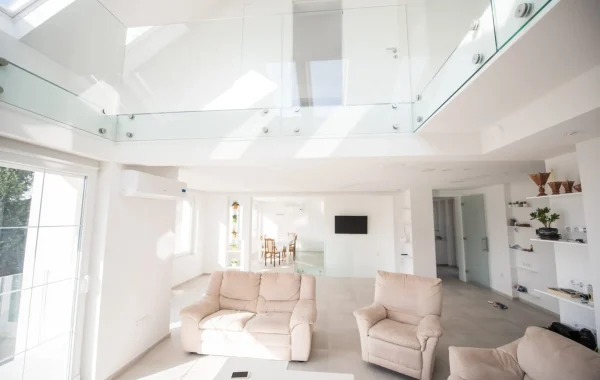Richmond South Twickenham Change of Use: Unlocking the Potential of Property Transformations in a Vibrant London Locale
Richmond South Twickenham, a picturesque area with its rich cultural heritage, residential appeal, and close proximity to the Thames, is evolving at a rapid pace. Property owners, developers, and entrepreneurs are increasingly looking at how they can maximize the value and utility of their properties. One of the most transformative ways to do so is through Change of Use — a process that enables buildings to be adapted for entirely new purposes, breathing fresh life into older properties. This article dives into the intricacies of Change of Use in Richmond South Twickenham, exploring the opportunities, challenges, and the necessary steps to undertake such a transformation.
What is Change of Use, and Why is it Important?
The concept of Change of Use is simple but powerful: it refers to altering the primary function of a building or land from one category of use to another. Whether it’s converting a residential house into a boutique store or turning an underutilized office space into a stylish apartment complex, Change of Use allows property owners to meet evolving market demands.
For Richmond South Twickenham, an area steeped in tradition yet undergoing modernization, Change of Use can bring about exciting transformations. Property owners and developers are now exploring how they can tap into the growing demand for mixed-use developments, sustainable commercial spaces, and innovative residential solutions. The key is to understand the opportunities and challenges this process presents and how to navigate the complex regulatory landscape.
Why Richmond South Twickenham?
Richmond South Twickenham offers a distinctive blend of suburban tranquility and urban vibrancy, making it a coveted location for both residential and commercial ventures. The area is renowned for its affluent residents, proximity to major transport links, and a strong sense of community. However, the demand for spaces that cater to a modern, dynamic population has brought Change of Use to the forefront of property development in the area.
Many property owners and investors are seizing the opportunity to reposition their assets in alignment with emerging market trends. The rise of hybrid work models, growing demand for local community spaces, and a shift in retail trends are all driving the need for new uses of existing properties.
Key Drivers for Change of Use in Richmond South Twickenham
The reasons behind the demand for Change of Use in Richmond South Twickenham are varied, but several key drivers stand out:
Growing Demand for Hybrid Spaces: The rise of hybrid working has transformed office spaces, with many businesses seeking flexible, adaptable environments that can serve both as workspaces and community hubs. Property owners are increasingly looking to repurpose commercial spaces to serve a variety of functions, from co-working spaces to boutique retail areas.
Housing Pressures: Like many parts of London, Richmond South Twickenham faces housing shortages. Converting underutilized commercial properties or retail spaces into residential units is becoming an attractive proposition. This not only alleviates housing pressures but also gives older buildings a new lease of life, while maintaining the area’s architectural charm.
Sustainability and Urban Regeneration: With a growing emphasis on sustainability, repurposing existing structures rather than building new ones aligns with broader environmental goals. Richmond South Twickenham has embraced this ethos, encouraging the transformation of redundant buildings into energy-efficient spaces, further supporting urban regeneration efforts.
Adapting to Consumer Trends: As consumer behavior evolves, so do the spaces that serve them. The decline of traditional retail and the rise of experiential businesses means that retail spaces are increasingly being converted into experiential showrooms, cafes, or pop-up shops that cater to a more personalized, engaging shopping experience.
The Step-by-Step Process of Change of Use in Richmond South Twickenham
While the process of transforming a building’s function can be exciting, it is not without its complexities. The first step in initiating a Change of Use is understanding the regulatory framework and working closely with local authorities. Below, we outline the typical stages of the Change of Use process.
Consultation with the Local Planning Authority (LPA): Before embarking on any major changes, property owners must consult with the London Borough of Richmond upon Thames planning department. This consultation helps clarify which changes of use are permissible under local zoning laws, ensuring that the proposed transformation aligns with both local and national policies. In some cases, early engagement can provide valuable insights into potential obstacles and opportunities for the project.
Assessing Permitted Development Rights: In some cases, minor changes of use may fall under permitted development rights, meaning that they do not require full planning permission. For example, transforming a small retail unit into a café or a personal training studio might be permissible without planning approval, provided certain criteria are met. However, more substantial transformations, such as turning a house into a commercial space, will almost certainly require planning permission.
Environmental and Community Impact Assessments: A crucial part of any Change of Use application involves evaluating the potential impact on the environment and the local community. Property owners may be asked to submit detailed assessments outlining how the proposed use will affect factors such as traffic, noise levels, parking, and the general character of the area. Given Richmond South Twickenham’s mixed-use nature, these assessments must be thorough and comprehensive to ensure minimal disruption to neighbors and the surrounding environment.
Design and Conversion Plans: Once the regulatory groundwork is in place, the next step is to create detailed design and conversion plans. These plans should reflect both the technical aspects of the conversion and the aesthetic considerations that will preserve the building’s original charm while accommodating the new use. Depending on the nature of the conversion, alterations may include changes to the building’s structure, layout, or external appearance.
Submitting the Application: With all relevant information in hand, property owners can submit their Change of Use application to the local council. This application will be reviewed by planning officers, who will consider factors such as the suitability of the proposed use, its potential impact on the neighborhood, and compliance with local development policies.
Securing Approval: If the application is approved, the property owner can proceed with the conversion. However, it’s important to keep in mind that approval may come with conditions — for instance, requirements for noise mitigation, parking, or even restrictions on the types of businesses that can occupy the space.
Challenges and Considerations in the Change of Use Process
While the potential benefits of Change of Use in Richmond South Twickenham are clear, there are also challenges to consider. The area’s rich history and stringent planning policies mean that the transformation of some properties may be restricted. Properties located in conservation areas or those that are listed buildings face additional layers of regulation and may require permission for even the smallest of changes.
Additionally, property owners must be mindful of the community’s needs when undertaking a Change of Use. For example, converting a building into a restaurant or bar may require careful consideration of noise and waste disposal, as well as potential changes to parking and transport infrastructure.
The Long-Term Benefits of Change of Use in Richmond South Twickenham
The long-term rewards of a successful Change of Use in Richmond South Twickenham can be immense. For property owners, it means the potential for increased rental income, enhanced property values, and greater flexibility in how the space is utilized. For the wider community, it fosters urban regeneration, promotes economic vitality, and provides spaces that cater to modern lifestyles.
By embracing Change of Use, property owners can unlock new opportunities, breathe new life into older buildings, and play a part in shaping the future of this vibrant London locale.
Conclusion
The Change of Use process in Richmond South Twickenham is a dynamic and strategic way to adapt to the evolving needs of the area. With careful planning, collaboration with local authorities, and a thorough understanding of the regulatory landscape, property owners can unlock the potential of their buildings and create spaces that serve the community, enhance property value, and contribute to the ongoing transformation of this unique part of London. Whether for residential, commercial, or mixed-use purposes, Change of Use in Richmond South Twickenham is not just about modifying a space — it’s about shaping the future.





